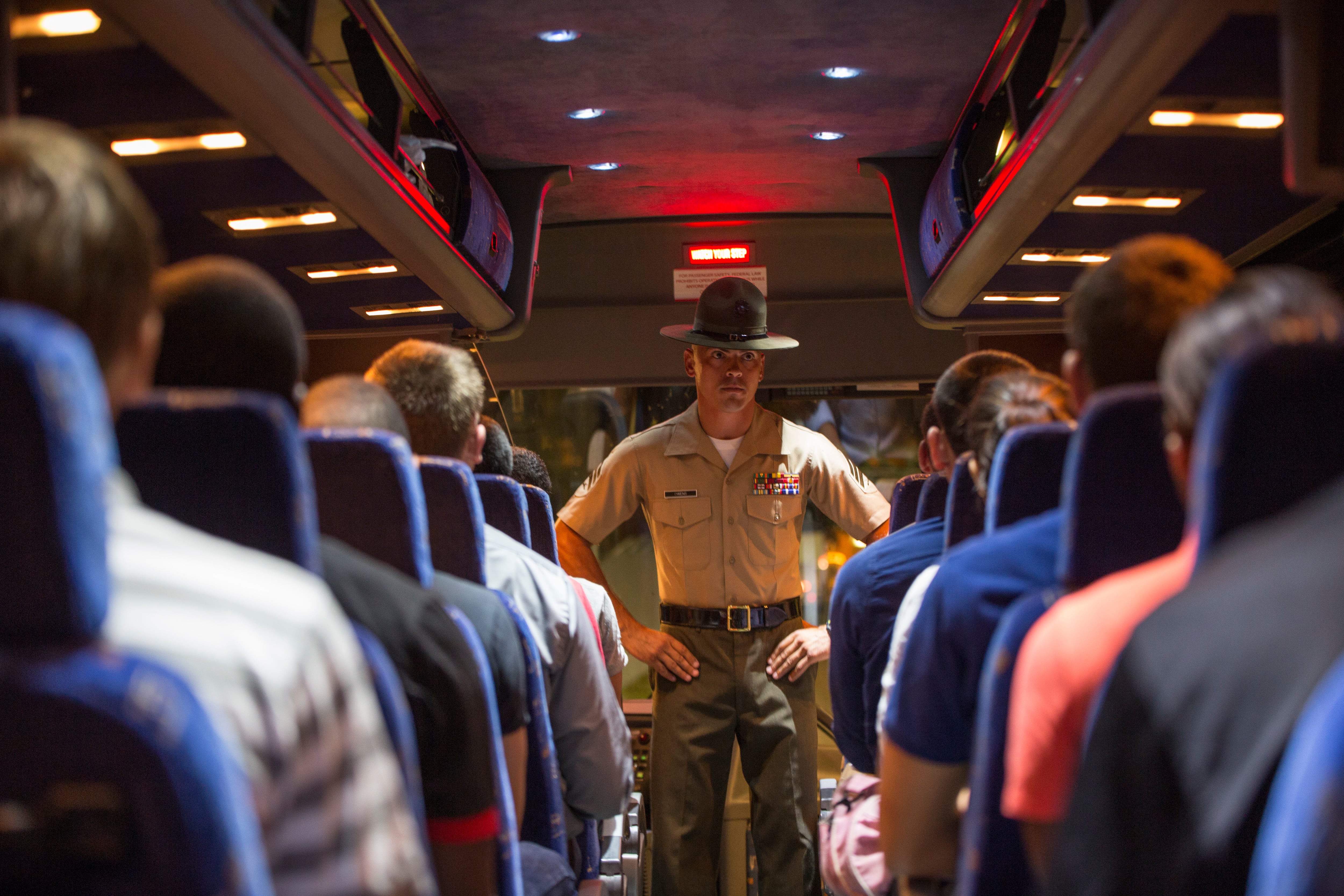The fifth annual All-Volunteer Force Conference looking at the state of the volunteer force since its inception in 1973 and whether conscription should be reinstated to meet the needs of the modern military came amid likely the most attention the issue has seen in recent years.
In February, a petition filed with the U.S. Supreme Court challenges the constitutionality of a military draft that doesn’t include women. And testimony in early March by members of the National Commission on Public service to Congress supported advocated making women register for the draft but not instituting conscription.
The AVF Forum, a group that supports reinstating a form of the draft, and its leadership, have pointed to a host of problems they say have been exacerbated by the volunteer force. They held their annual conference on March 31.
RELATED

Those include what they call unsustainable recruiting methods to fill the ranks, a civil-military disconnect in service that allows for military adventurism and long-running wars such as Iraq and Afghanistan, a lack of diversity in geography, race, gender and socioeconomic status and limits on effectively drawing from the widest and deepest pool of qualified candidates.
Ideas presented in the various panels and debate at the conference Wednesday included conscription of only 5 to 10 percent of the force from the top 10 percent income tax bracket, by Marine Corps veteran and author Elliot Ackerman. The logic being that those within reach of the levers of power would be more inclined to limit military involvement if their own children faced drafting and deployment.
Other ideas have been presented before, such as one raised by retired Army Maj. Gen. Dennis Laich, AVF Forum executive director. He has proposed conscripting citizens for either two years on active duty or six years in the reserve force. If that reservist is deployed on an active status overseas then they have considered their obligation filled at that point.
William Taylor, a professor at Angelo State University in securities studies and Marine Corps veteran, spoke on a panel on the state of the volunteer force. He said the commission that originally studied how to transition the military from draft to volunteer at the end of the Vietnam War had concerns that remain relevant today.
Taylor noted that the commission worried a volunteer force would, “become isolated from society” that isolation would erode respect for the military and the quality of recruits; the volunteer force would not accurately represent the racial or economic diversity of society, and a volunteer force would spell a decline in patriotism and popular concern about foreign policy.
But Phil Carter, a law professor at Georgetown University and Army veteran, said that he doesn’t think the volunteer force is the major factor for manpower shortages or military adventurism.
And a draft probably won’t solve those problems, he said.
“There is no evidence (a draft) would do any better now versus during Vietnam,” Carter said. “I don’t think we could do it well today and we would likely replicate most of the representative issues.”
AVF Forum member, retired Army Col. Larry Wilkerson, laid out some of the reasons he thinks that the current volunteer force isn’t up to future challenges such as Iran, Russia, China, nuclear proliferation and the climate crisis.
Wilkerson said those challenges are all too complex and far-reaching not to have the most capable and proficient people possible working them. And the sheer magnitude, on a global scale, will stretch the existing numbers too thin.
Capping off the event, Laich debated Dr. Jill Rough research and analysis director for the National Commission on Public Service and a captain in the Navy Reserve.
Rough agreed that the volunteer force is expensive and requires managing but must continue to be a desirable career path for a diverse nation.
But she said, the volunteer force had “ushered in unprecedented professionalism, technical expertise and a force structure for layered defense” not seen in the draft military.
Rough pointed to a current force that is older, stays in longer and is more highly educated than the conscription military of the draft era.
Laich reiterated that current enlistment bonuses and a pool of the population less qualified to serve and less willing to serve, which has been shown in national surveys and studies, means the volunteer force may become simply unsustainable.
“We may reach a point where we just can’t under any circumstances bring in enough people qualified and willing to fill our services,” Laich said.
Todd South has written about crime, courts, government and the military for multiple publications since 2004 and was named a 2014 Pulitzer finalist for a co-written project on witness intimidation. Todd is a Marine veteran of the Iraq War.




